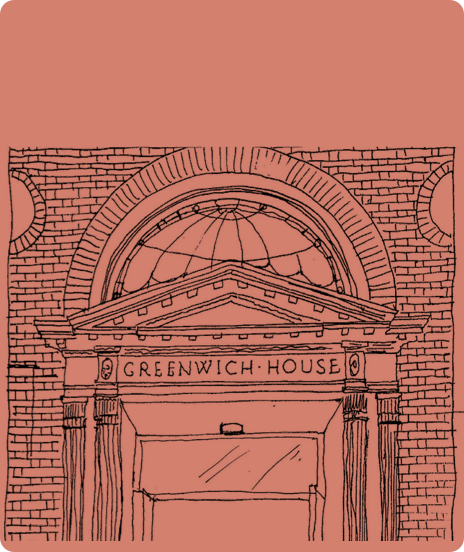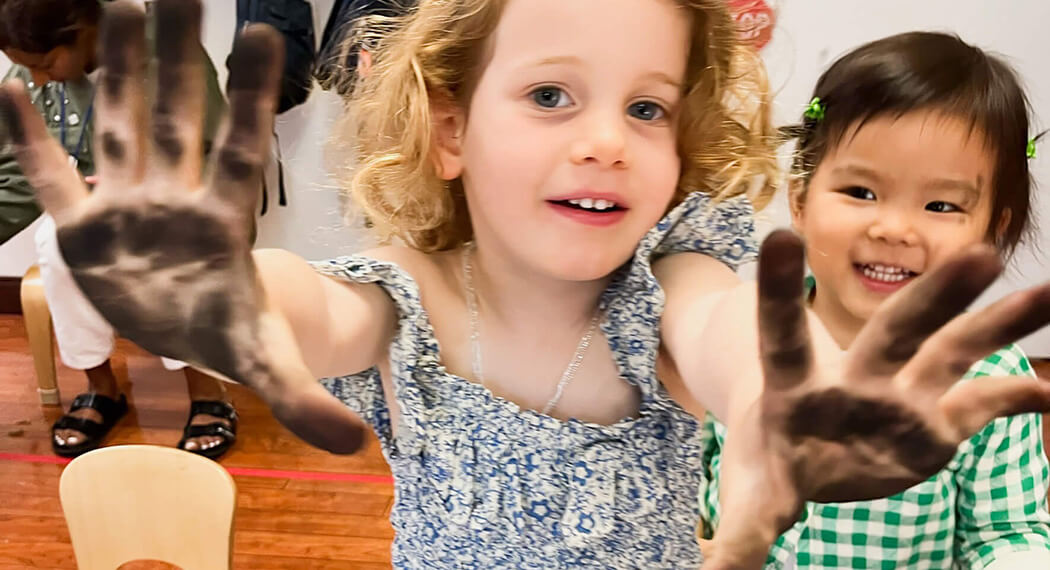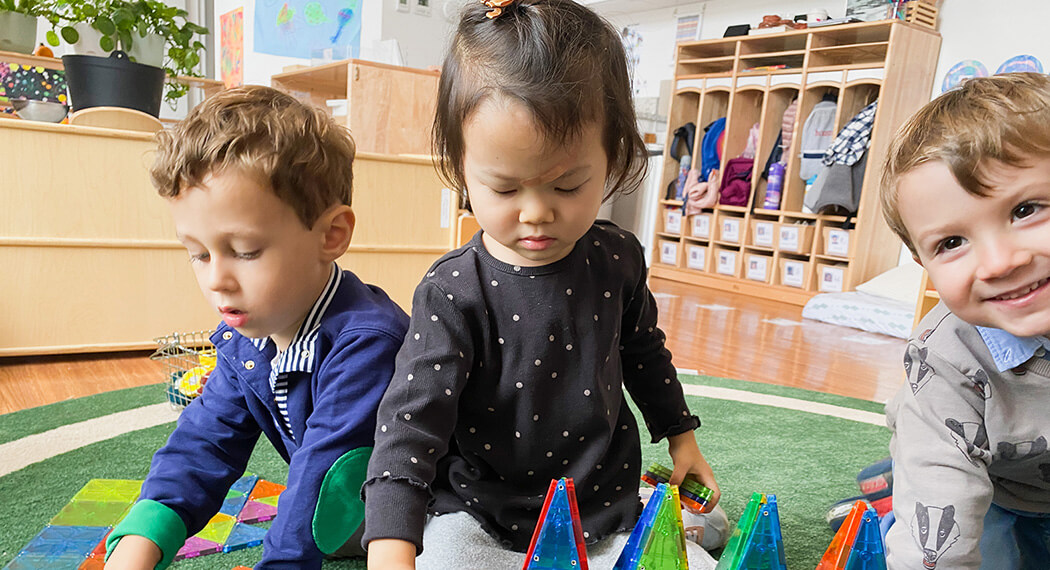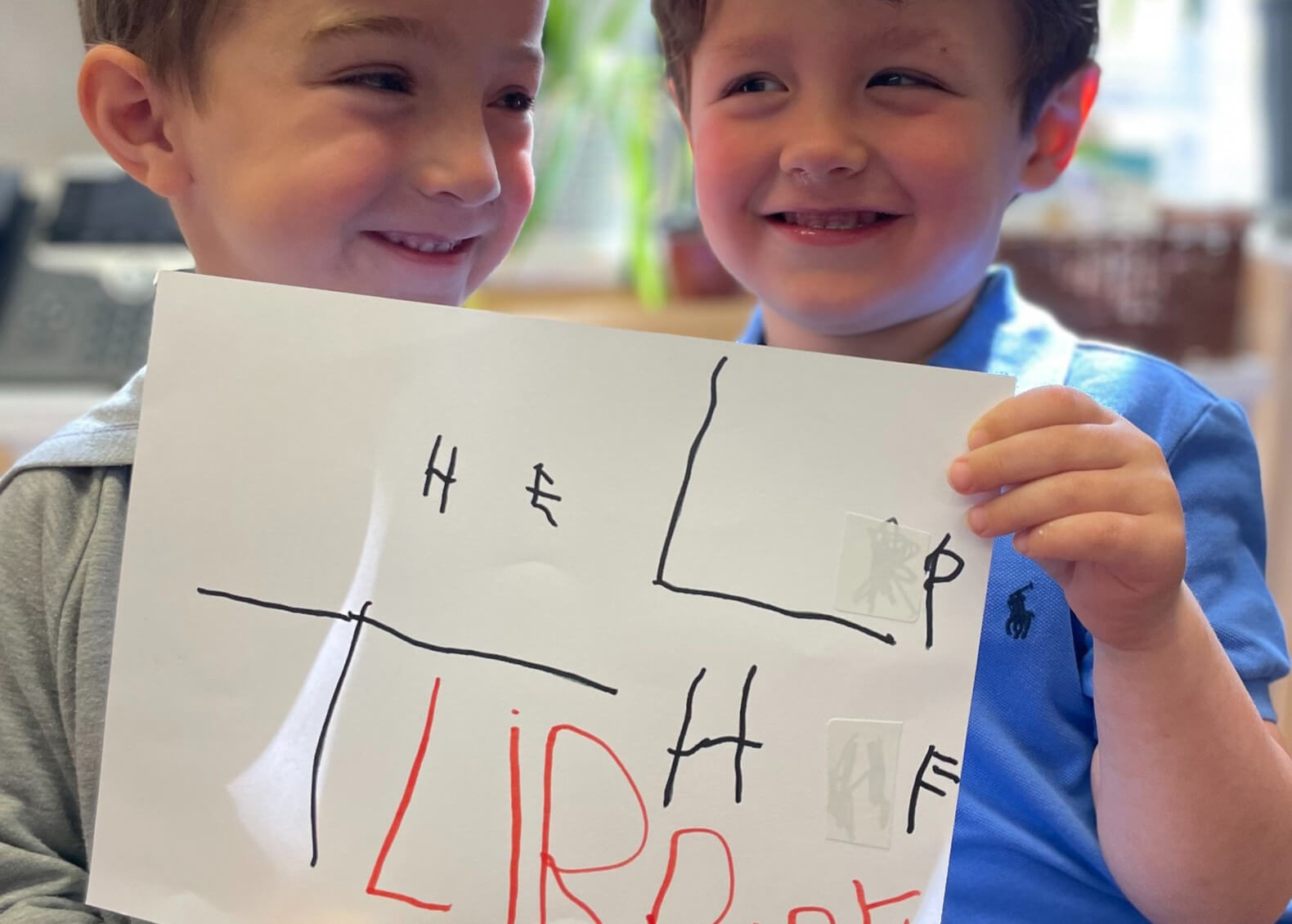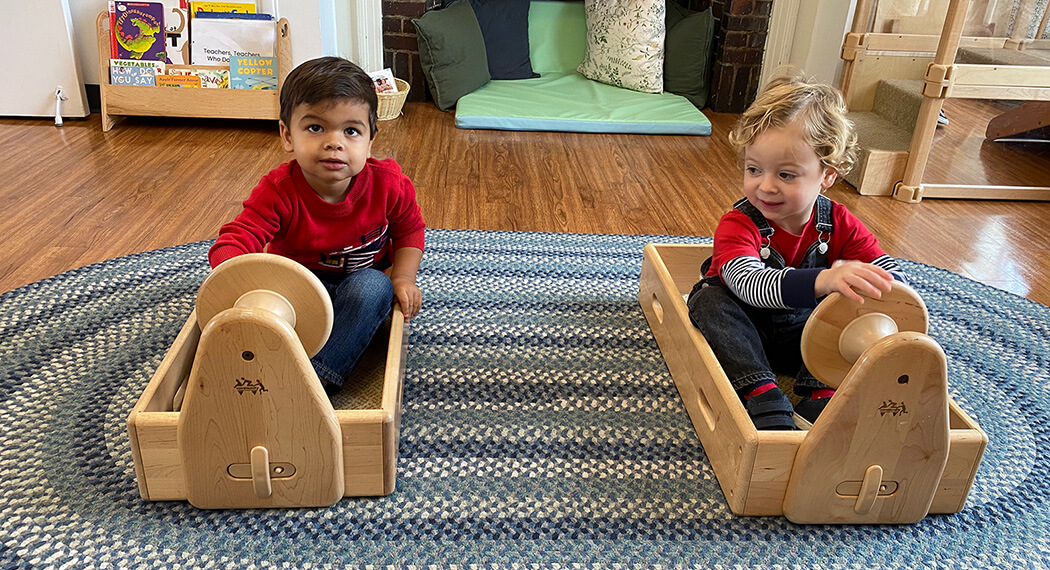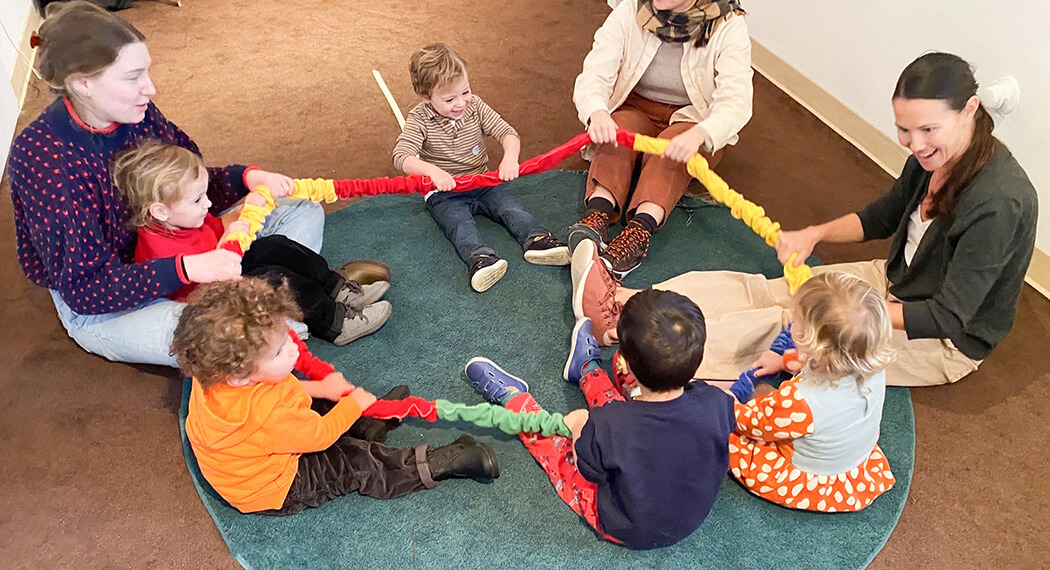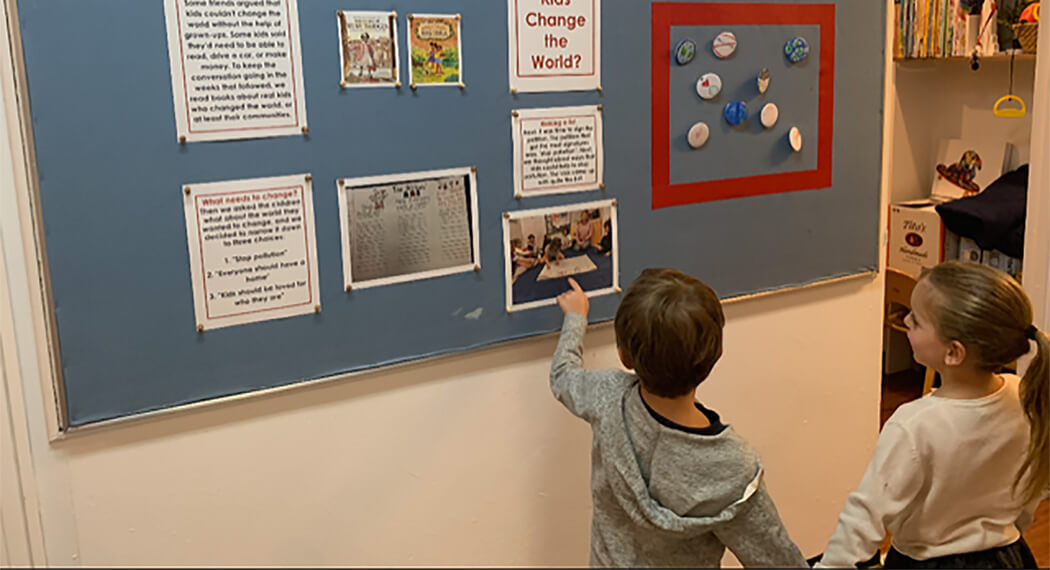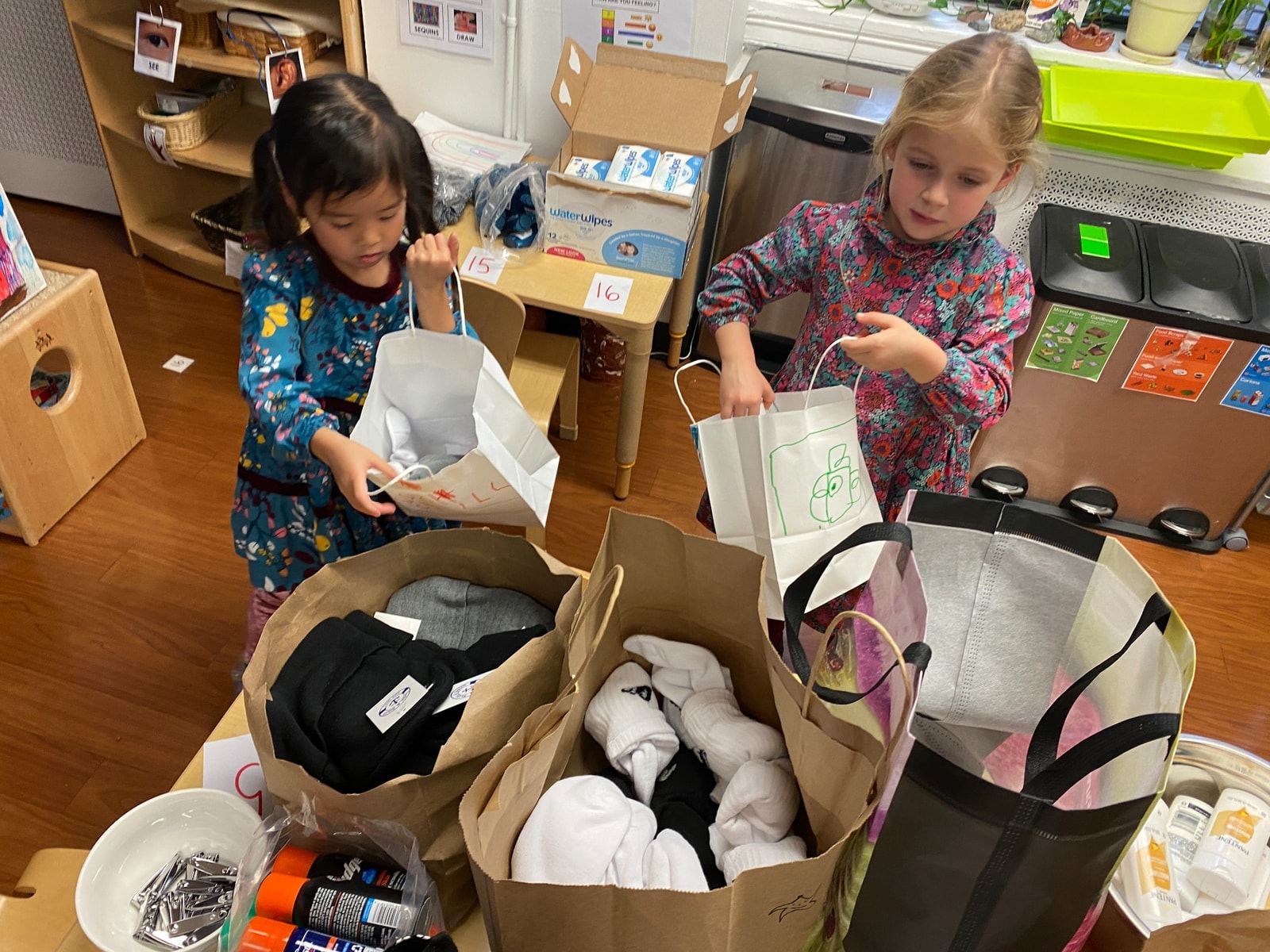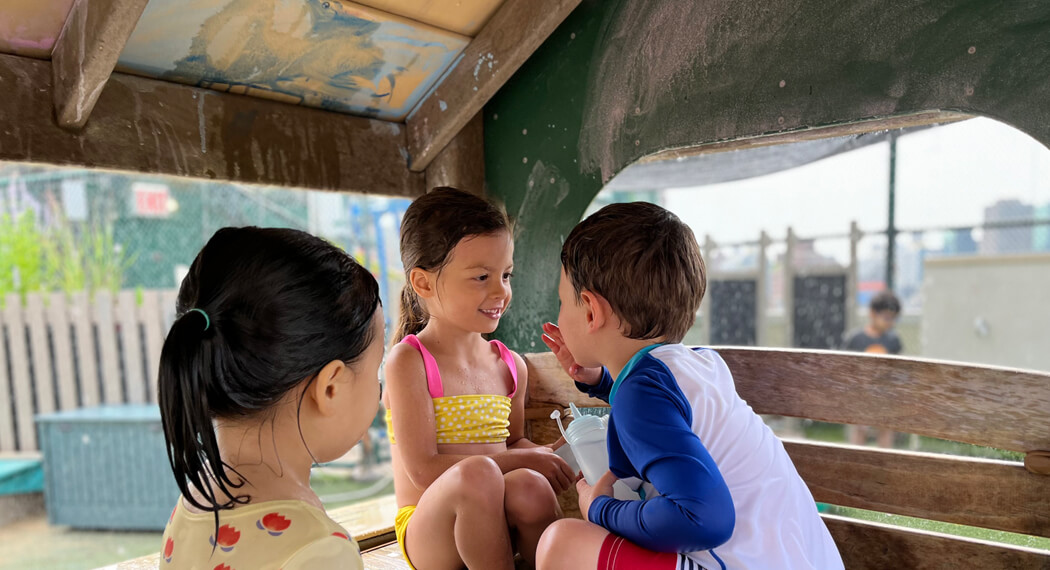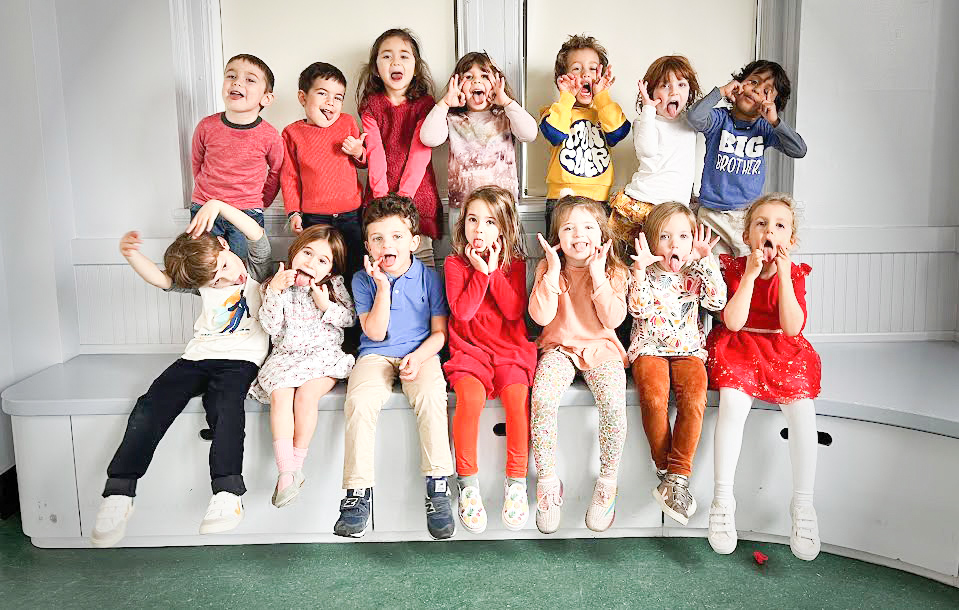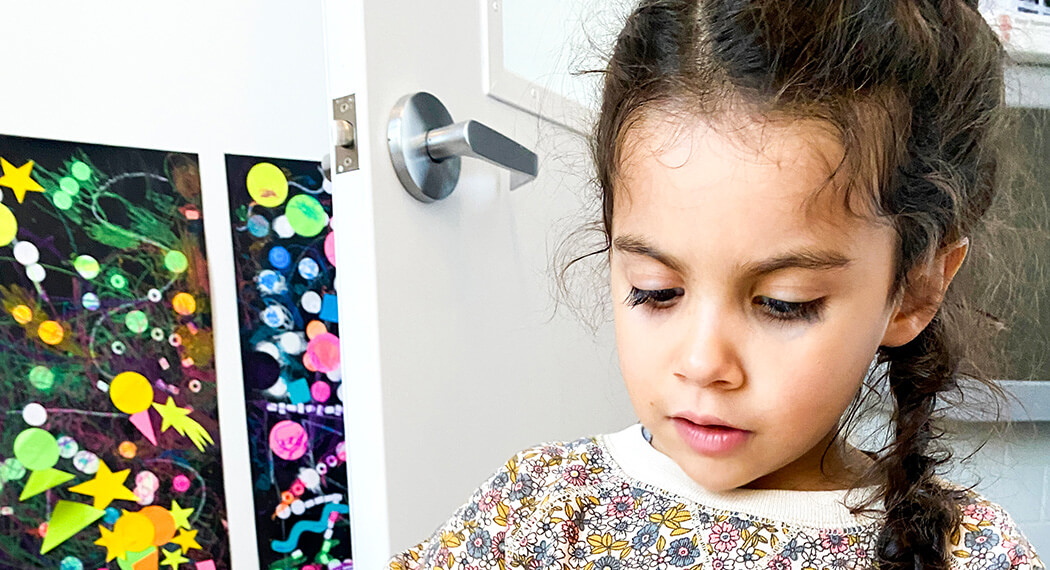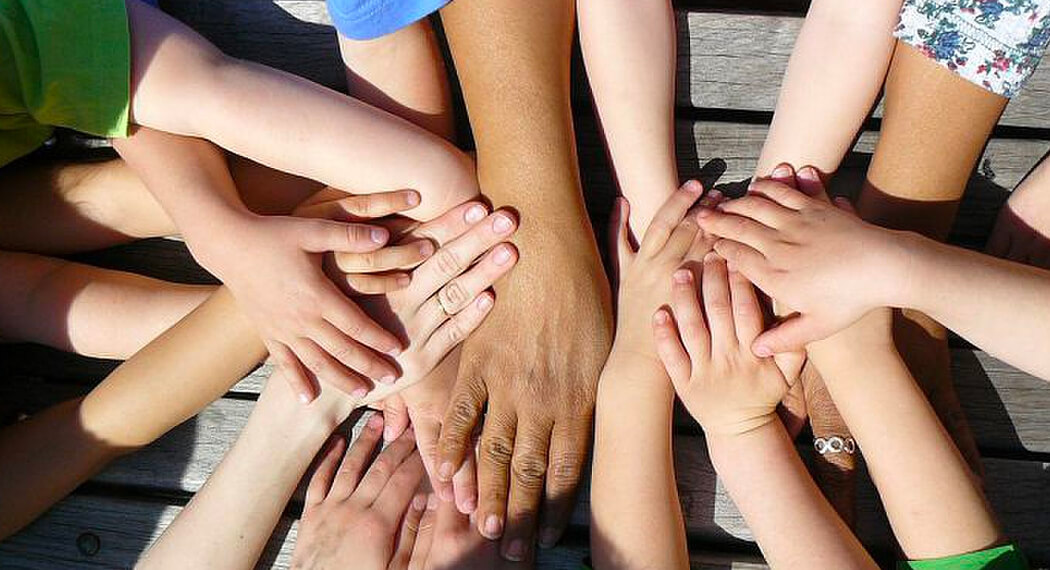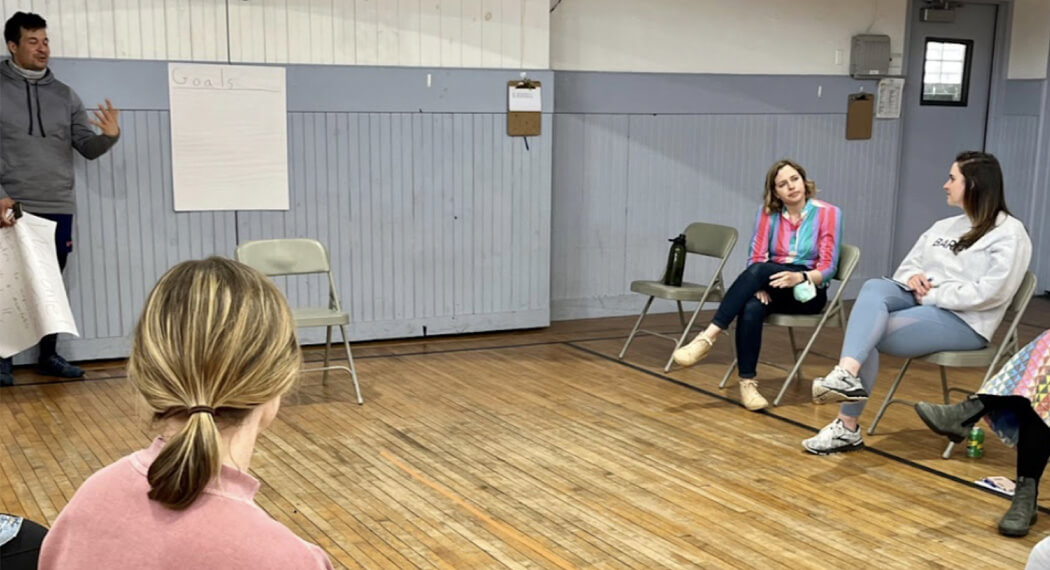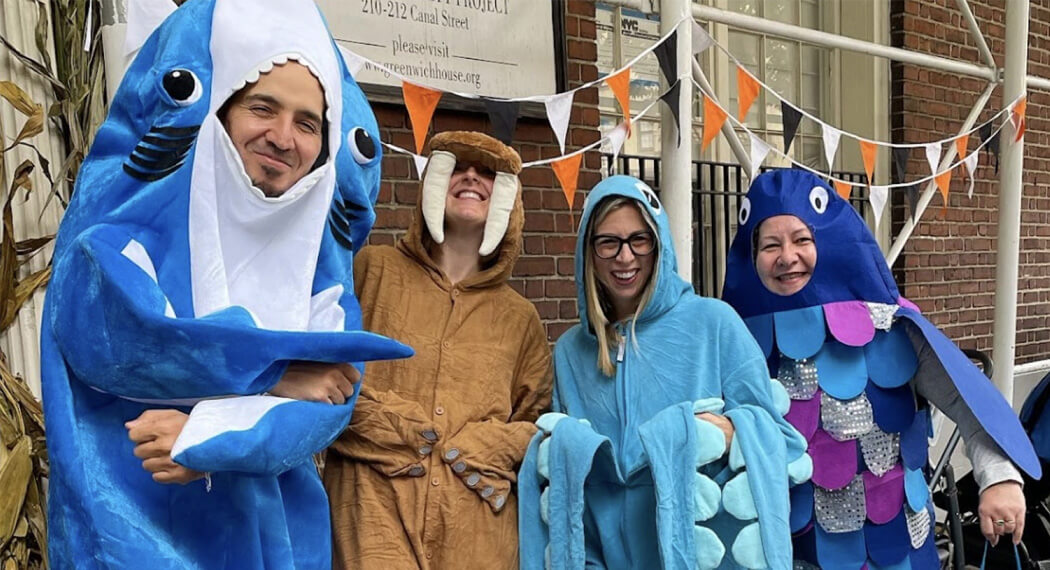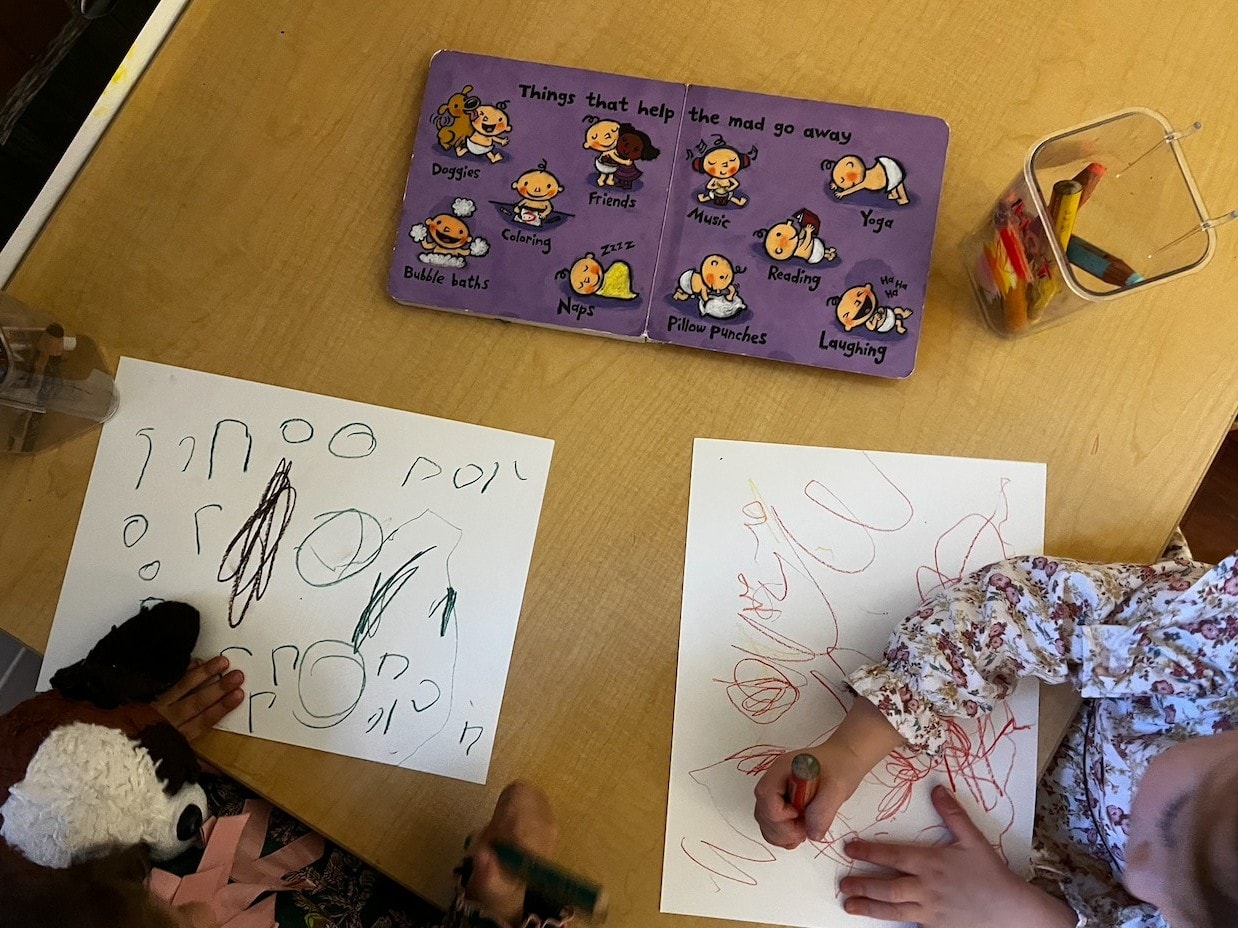In the Yellow Room we use literature to explain big ideas, prompt play, and make connections. When reading aloud with children we talk about “same and different”. We compare the environments and characters in the book to our lives. When we see ourselves mirrored in the pages, a safe space emerges for processing our experiences and emotions. Books selected with intention lay a foundation for literacy and invite us to practice skills like counting or learning new words for shades of colors.
Here are a few favorite books in our classroom right now and some ideas for bridging our collective learning.
Social and Emotional
Learning how to express anger is an essential life skill. As a parent, I have revisited this book Mad, Mad, Mad countless times and brought it into yellow room last week after remembering the fantastic chart in the end of the book entitled, “Things that help the mad go away.”
I appreciate that it takes the entire story for the child’s mad to leave and for them to “find their steady.” The pictures and language are simple but rich enough to leave space for discussion (or even act out) the feelings in the book.
Try looking at the chart as a family and sharing out what works…my recipe for making the mad go away is a combination of friends, drawing, and cat eye contact! What is yours?
Children in the yellow room created “mad drawings” after a read aloud of Mad, Mad, Mad. If you try creating mad drawings at home don’t be surprised to see holes in the paper, lines flying off the pages, or even broken crayons! When you unleash the mad the expressive marks match the power of the emotion.
Math
My Bus remains a yellow room favorite since September. Some children even have it memorized! My daughter and I started this book when she was around 1 and keep reading it because there is so much to unpack, learn, and notice. Counting! Adding! Sequencing! Cats! Dogs! Many modes of transportation!! Yes, please.
Friendship, Language, and a Reggio Mindset
The author of “Everybody Poops,” Taro Gomi wrote another marvelous book about learning. This book is great for yellow room kids because it makes concrete that we learn through observing, practicing, and trying on. This book feels further aligned with Barrow’s Reggio philosophy because it honors how we learn through varied languages; animals, friends, and book friends are included as “teachers” in this story!
Art and Creating Color Stories
We often connect color to memory, personal preferences, and emotions. The Pantone book of colors inspires detailed and imaginative conversations. When we read in school, we love to take turns picking and sharing our favorite color.
Try asking: “What is your favorite color *today*?”
Just like feelings come and feelings go, our choices and preferences change over time. Color is a fun and low stakes way of talking about this big idea.

